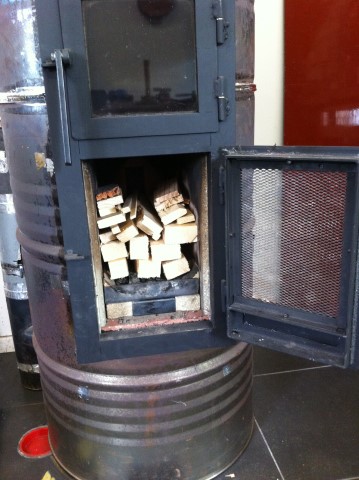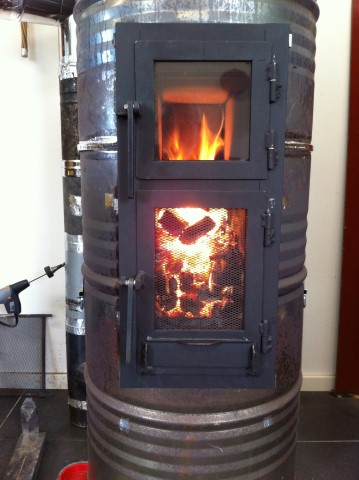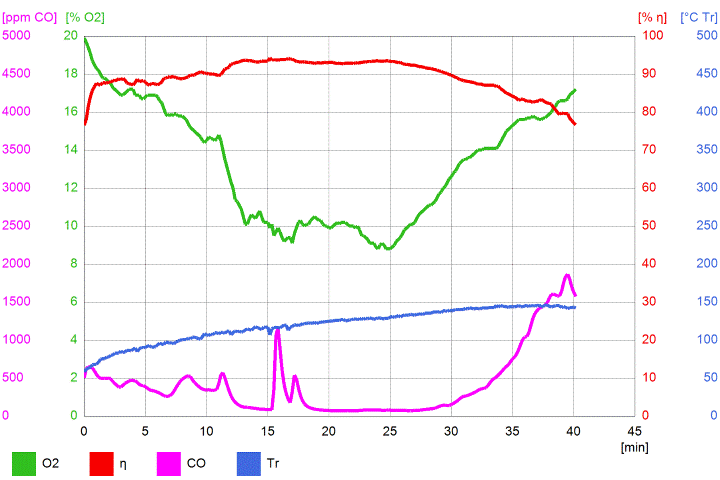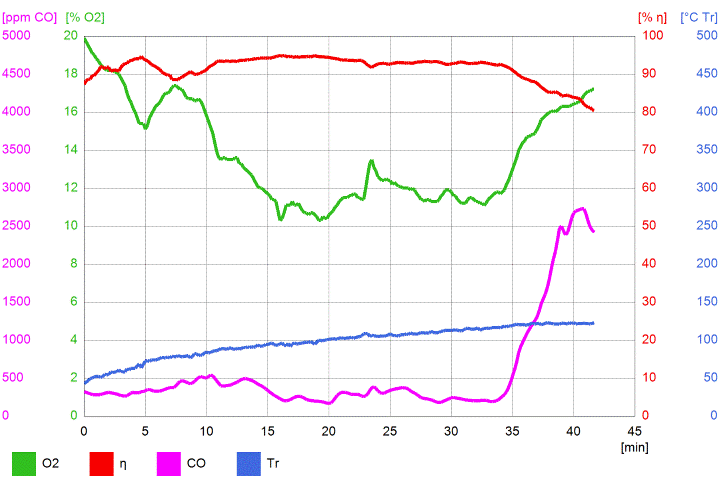|
|
Post by peterberg on May 23, 2019 9:37:49 GMT -8
In your tests, have you measured the temperature reached by the oven? Not yet, mainly due the fact that my thermocouplers died both quitely. |
|
|
|
Post by peterberg on May 23, 2019 9:48:58 GMT -8
Wow Peter. This is so exciting!! Can’t wait to start building one. Thanks for being a mentor and inspiration for a lot of people out there... You are welcome, but please be patient. Results are getting better while I plough through the possible configurations. But I feel I'm not there yet. |
|
Piet
New Member

Posts: 23
|
Post by Piet on May 23, 2019 10:12:07 GMT -8
Wow Peter. This is so exciting!! Can’t wait to start building one. Thanks for being a mentor and inspiration for a lot of people out there... You are welcome, but please be patient. Results are getting better while I plough through the possible configurations. But I feel I'm not there yet. One should always trust that gut feeling, it’s way smarter than our mind! Good luck! |
|
|
|
Post by independentenergy on May 23, 2019 10:43:21 GMT -8
Forgive me, Peter, but I did not understand how to size the firebox and how to scale it, I would like to create a SketchUp drawing with the dimensions of a 150 system.
The firebox is not the same as the batch box but I do not mistake the upper box how do I size it?
|
|
serg247
Junior Member
  The mountain can not be conquered, it can allow it to ascend...
The mountain can not be conquered, it can allow it to ascend...
Posts: 111 
|
Post by serg247 on May 23, 2019 12:42:04 GMT -8
In your tests, have you measured the temperature reached by the oven? Not yet, mainly due the fact that my thermocouplers died both quitely. Peter. You can try to repair thermocouples by welding with a carbon electrode. |
|
|
|
Post by peterberg on May 23, 2019 12:44:15 GMT -8
Forgive me, Peter, but I did not understand how to size the firebox and how to scale it, I would like to create a SketchUp drawing with the dimensions of a 150 system. The firebox is not the same as the batch box but I do not mistake the upper box how do I size it? For the firebox: follow the spreadsheet of the normal batch rocket. Size of riser and port: idem. Top box sizing: same width as firebox, height same as width i.e square. Depth of top box: combined depth of firebox and riser. I would say this is way simpler than a straight batch box rocket. |
|
|
|
Post by independentenergy on May 23, 2019 21:39:56 GMT -8
well thank you.
it is really very simple !!
if it is used without a floor channel and is completely open, building it presents few difficulties
Edit:
the only thing I can't translate correctly "height same as width i.e square"
|
|
|
|
Post by peterberg on May 23, 2019 21:57:33 GMT -8
"height same as width, in effect: square"
|
|
|
|
Post by independentenergy on May 23, 2019 22:58:32 GMT -8
oh yes perfect, trivial question ...
|
|
|
|
Post by independentenergy on May 26, 2019 0:31:34 GMT -8
Peter how do I calculate the position and size of the exit port?
|
|
|
|
Post by peterberg on May 26, 2019 3:12:35 GMT -8
|
|
|
|
Post by peterberg on May 27, 2019 12:06:19 GMT -8
Since a week ago I tested the DSR2 core 12 times. Large floor channel, smaller floor channel, riser filled up to the firebox' floor with ashes and took it all out again later, enlarged the air inlet 2 times, shoved the threshold further inside a couple of times. And last but not least, ran the test 4 times wthout floor channel at all. Two times completely open bar a spark screen and two times with spark screen in de door instead of glass.  And this is how it looks like when running.  Average numbers of that run: O² 13.2%, eff. 89.3%, CO 426 ppm, temp 119.8 ºC.  The wobble at 16 minutes was caused by a stray wind gust blowing down the chimney. Conclusion so far: reliability with open door is somewhat better as compared to floor channel et al. Less complexity is what I like most so today I decided to start with screen door and no secondary air channel. And work my way down to what appeared to be the smallest single air opening would be and still reliable. Didn't reach that point yet, I'm down to half the csa of the square 125 mm riser now. To illustrate what I mean:  Nothing changed during this run, 2/3 load of dense lumber scraps. Again, no secondary air provision at all.  Most of the time it wobbles a bit between 150 and 500 ppm CO, only in the end phase it's rising but not dramatically so. Averages: O² 13.8%, eff. 91.6%, CO 568 ppm, temp 97.4 ºC. I'll try to go further down this path. It's unsure at the moment whether or not the deeper riser floor is actually crucial, another couple of test runs could establish that. The thing is getting simpler all the time. At some point I wasn't sure of the Testo's reliability, to be honest. |
|
|
|
Post by whazzatt on May 30, 2019 8:56:20 GMT -8
Seeing as this has the potential to work with no door and no secondary air, could this riser-less design maybe work for a J-tube style system?
|
|
|
|
Post by sksshel on May 30, 2019 9:07:51 GMT -8
Is the "stumbling block" still omitted from the design?
Will this design be more tolerant of slightly green wood?
|
|
|
|
Post by peterberg on May 30, 2019 9:13:03 GMT -8
Seeing as this has the potential to work with no door and no secondary air, could this riser-less design maybe work for a J-tube style system? Not the foggiest idea, you need to try it yourself. |
|